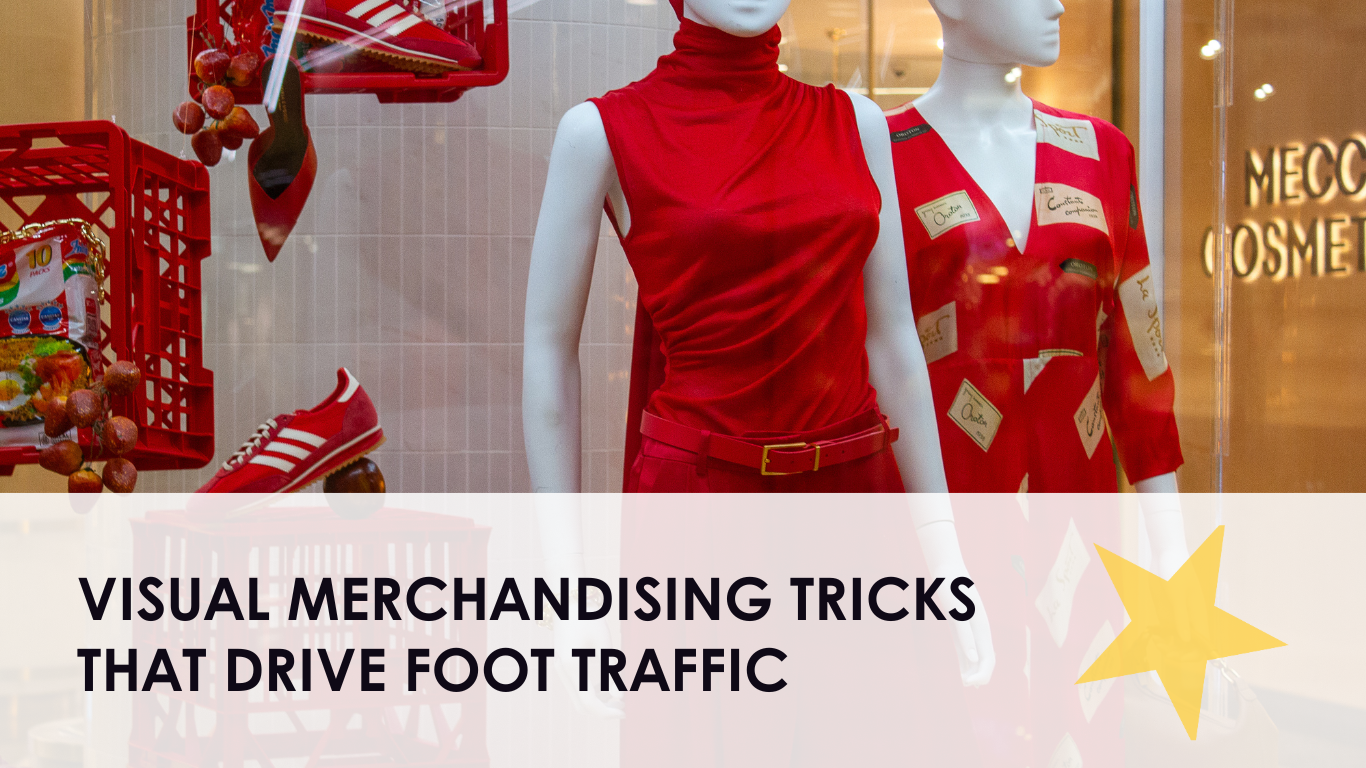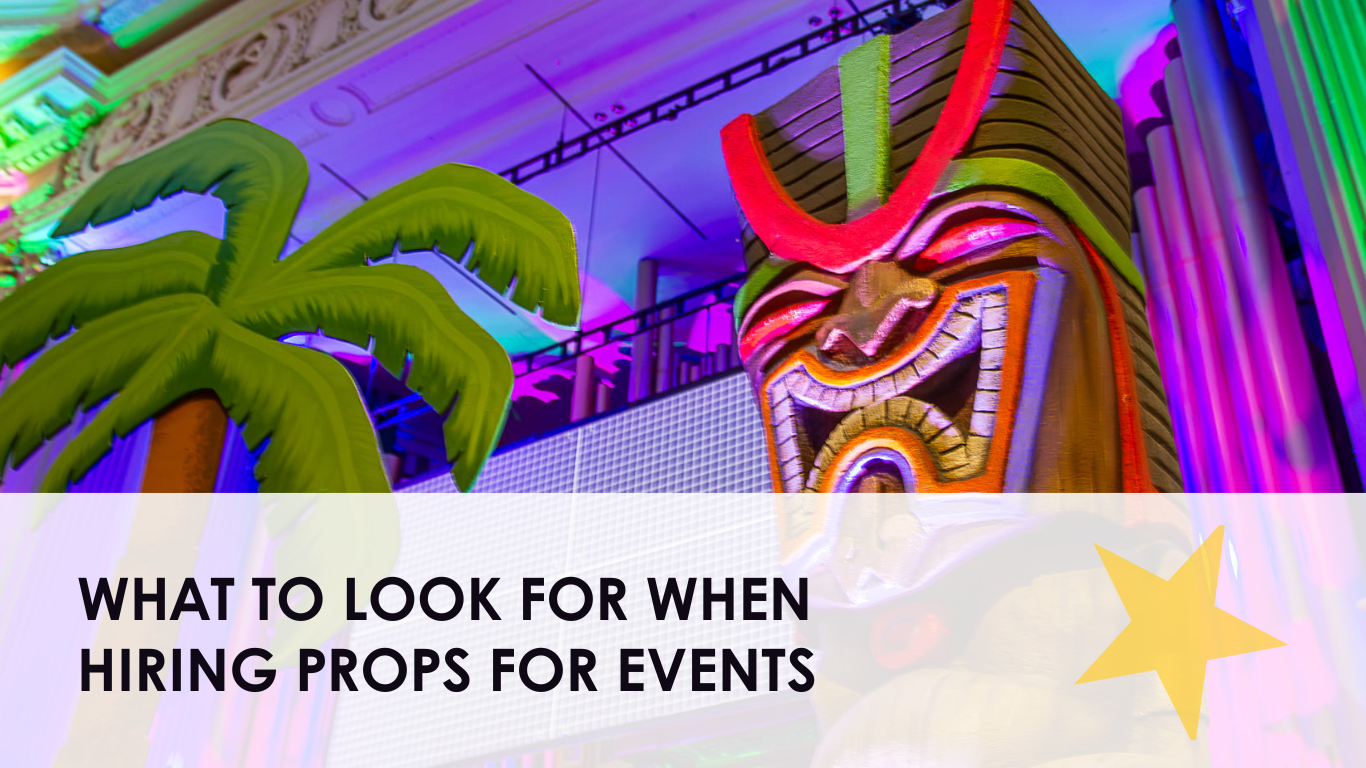When you're tasked with organising a high-profile event, the styling is one of the first things to be judged often before a word is spoken or a welcome drink is poured. Whether it's a media launch, an end-of-year celebration or an internal brand moment, first impressions count. The space needs to reflect who you are, what your company stands for, and the purpose behind the event. It’s hard enough managing stakeholders, catering, entertainment, and scheduling without worrying whether the visual impact will measure up. That’s where a trusted, professional approach to styling becomes more than just helpful it becomes part of your success strategy.
Styling is about more than placing centrepieces or choosing a chair colour. It connects the audience to your brand through atmosphere, tone and visual story. A single missing element or clashing detail can damage the entire vibe. That disconnect is what makes people feel underwhelmed, or worse, embarrassed. Choosing the right event stylist means bringing in someone who knows how to handle the expectations while delivering creative concepts backed by practical experience. And it starts with asking the right questions.
Why Choose A Professional Event Stylist?
No one wants a basic setup that looks like it came from a discount party store. Professional stylists help you avoid that risk by balancing vision with execution. They are there to make sure the styling doesn't just look great in a concept deck but holds up on the showroom floor, the gala ballroom floor, or the outdoor marquee in August.
Here’s what working with a pro brings to the table:
1. End-to-end styling expertise that takes the pressure off your team
2. A scaling approach that works whether you're activating a small space or styling a full convention centre
3. Seamless integration with your brand guidelines, values and campaign messaging
4. Access to an extensive prop inventory or custom build capability
5. Proven execution systems to handle bump-in, compliance, and last-minute curveballs
Experienced stylists understand how to align environments with business objectives. Whether that means amplifying a VIP message, drawing more attention to your retail windows, or transforming a blank canvas into a luxury backdrop, stylists make choices designed to support your goals. They’ve done the hard yards, too. Those years of experience mean they’ve already solved the problems that haven't even crossed your desk yet.
Say you're hosting an internal company event to reward staff nearing the end of Q3. You could go with balloons and a grazing table, sure. But a stylist who understands seasonal transitions, weather in South East Queensland, and layering techniques can take that same budget and turn it into a memorable spring-themed rooftop dinner complete with safe lighting installs, visual consistency with brand colours and activation moments that your team will want to share online. That’s the difference hiring a specialist makes.
How To Assess Experience And Expertise
Not all stylists have the same background. Some may focus on private parties, while others specialise in visual merchandising or public installations. If you're responsible for events with brand impact, you’ll want more than a Pinterest board and enthusiasm. You need someone who understands timelines, venue risks, stakeholder sign-off and promotional content opportunities.
To gauge whether a stylist fits your needs, consider asking:
1. Can you show examples of corporate events or brand activations you’ve styled?
2. How do you approach brand alignment during the design phase?
3. What was your role in that event did you design, manage, install, or all of the above?
4. Do you have experience working in our type of venue (hotels, showroom spaces, outdoors)?
5. How do you handle tight turnarounds or scope shifts?
A reliable stylist will have clear answers and real examples with photos, briefs or references. Look for consistency in quality and a willingness to show results. You may also want insight into their experience with safety checks, fire ratings for decor, and licensing if applicable especially if your event touches public-facing spaces or high-traffic environments.
Understanding The Styling Process
Once you’ve narrowed your options, dig into how the styling process works start to finish. You want clarity on how decisions are made, when approvals happen, and how installation and breakdown are handled. This is where timelines can either be stress-free or turn into a nightmare.
Good stylists usually have a structured process that includes:
1. Discovery of your goals and brand tone
2. Moodboards or sample presentations
3. Site visit to identify logistical needs
4. Material selections and prop suggestions
5. Install crew planning, packdown timing, and OH&S coordination
6. Contingency plans for weather, venue access or last-minute changes
During early conversations, ask them how long they need for ideation and sourcing. Some styling pieces may need fabrication or import timelines, particularly if you’re engaging in custom work. Ask what the approval process is like, especially if you’re dealing with legal or PR sign-offs. The right stylist will help anticipate delays and work within your corporate framework, not against it.
Understanding the rhythm of their working style also helps manage your team’s responsibilities. If you’re managing ten other vendor conversations, the last thing you want is to chase props or wait on creative responses. A good stylist creates ease across the board.
Budget And Customisation: What You Need To Know
Getting the style right is one thing. Keeping it within budget is another. When you’re managing an event with multiple cost centres, styling can sometimes feel like the wildcard. That’s why it’s important to be upfront about the numbers from the very beginning. Clarity on budget allows your stylist to put forward ideas that are both impressive and achievable.
Don’t just ask how much will it cost. That question alone won’t give you much insight. Instead, focus on how the stylist manages different budget tiers and adapts design concepts to suit your financial framework. A good stylist can work at various levels from high-end custom builds down to scaled-back variations that still hold visual impact.
Ask questions like:
1. How do you work styling into a set budget?
2. What are the cost differences between hire pieces and custom builds?
3. Are install and packdown costs included in the initial pricing?
4. Are there options to stage the styling across multiple areas?
5. What trade-offs do you suggest when budget changes happen late?
Having that transparency early lets you stay in control and avoid surprises on the post-event invoice. Make sure quotes itemise core elements like delivery, crew labour, rigging hire and safety checks. It’s also a good idea to ask what happens if access to the venue changes last-minute or a client-side delay pushes bump-in time back. These can all have cost implications, and it’s better to be informed well ahead of time.
And remember to discuss reuse opportunities if you're running a rolling activation or series of events with similar setups. With the right planning, some styling elements can be used across multiple locations or dates without compromising creativity.
Safety, Access And Installation Logistics
An event's impact doesn’t matter if it’s held up by safety compliance issues or delayed due to venue access problems. It’s rarely the most glamorous part of the process, but staging, rigging, fire regulations, and bump-in timing can all affect the success of corporate styling. The only way to avoid that chaos is to plan technical logistics with the same attention given to visual concepts.
At the start of the conversation, check if the stylist conducts site checks and walks through the venue layout during planning. Ask if they’ve worked at the location or similar venues before. This helps identify potential challenges with loading zones, ceiling fixings, power setups or traffic restrictions that you might not spot until it's too late.
Styling often needs structural elements such as freestanding walls, hanging decor, large-scale props or powered displays. These installations must meet venue safety requirements and be packed down within tight timeframes, especially in high-turnover venues. If you're working in tight Brisbane CBD locations or shared spaces like hotels or shopping precincts, installation planning becomes even more detailed.
Here’s what to confirm:
1. Whether the stylist liaises directly with the venue to align bump-in and bump-out times
2. If risk assessments are part of their process
3. Who’s responsible for anchor points, rigging or weight-bearing checks
4. How large props are delivered and moved on-site (especially if lifts or stairs are involved)
5. What backup plan is in place for bad weather (for outdoor events)
For one recent corporate product launch in Brisbane’s inner city, freight lifts were restricted to specific times and couldn’t accommodate oversized items. By picking that up early, the stylist arranged smaller build components that assembled on-site to keep the impact consistent without breaching venue guidelines. These kinds of adjustments only happen when experience matches strong coordination.
How To Choose The Right Event Stylist
By this stage, you’ve likely narrowed your options based on portfolios, communication, and process confidence. But how do you actually decide who to go with? Beyond capability, compatibility counts. You’re not hiring someone to decorate a space. You’re bringing in a creative problem solver who’ll be working closely with your internal team and possibly external vendors. You need that relationship to run smoothly.
Pay close attention to how the stylist listens to your brief. Do they bring fresh ideas that still connect with your business goals? Are they clear when setting expectations around what can be achieved within the timeframe and budget? Do they offer practical solutions if something needs to be reworked?
Look for:
1. Clear alignment with your brand values and tone
2. Willingness to challenge ideas constructively if needed
3. Experience with similar-scale events or clients
4. Reliable systems for supplier coordination and safety
5. Flexibility in managing changing priorities
Think about your internal stakeholders too. If you’re presenting concepts back to executives or representatives, will the stylist prepare visuals, samples, or detailed breakdowns that support your business case? Will they attend planning meetings or site visits as needed, or be hands-off? That support makes a noticeable difference when pitching creative ideas and managing feedback rounds.
Choosing your stylist based on cost alone can backfire when something goes wrong. Working with someone who thinks ahead and doesn’t need micromanaging ultimately saves more time and avoids complications.
Leave A Lasting Impression
When you’re running an event tied to business metrics, styling decisions carry extra weight. It’s not just about how the event looks it’s about how attendees feel, what they remember and what they share. Your space becomes part of the message. Strong styling connects brand strategy to personal experience.
The smart choice is always the stylist who delivers impact, not just inspiration. The one who understands the pressure, brings the right kind of vision, and backs it with logistics experience. Whether you’re prepping for a brand activation, end-of-year gala or executive offsite, your time and resources deserve a partner who helps you deliver.
Because when everything runs smoothly and looks better than expected, you’re the one who gets the credit and that’s a win worth planning for.
To make your event truly unforgettable, get in touch with The Prop House Collective. Our team is ready to turn your vision into reality, putting our experience to work in styling at an event. From managing your theme to ensuring that every detail aligns with your brand, we're here to offer a seamless experience from start to finish. Let us help you craft an event that resonates long after it's over.




